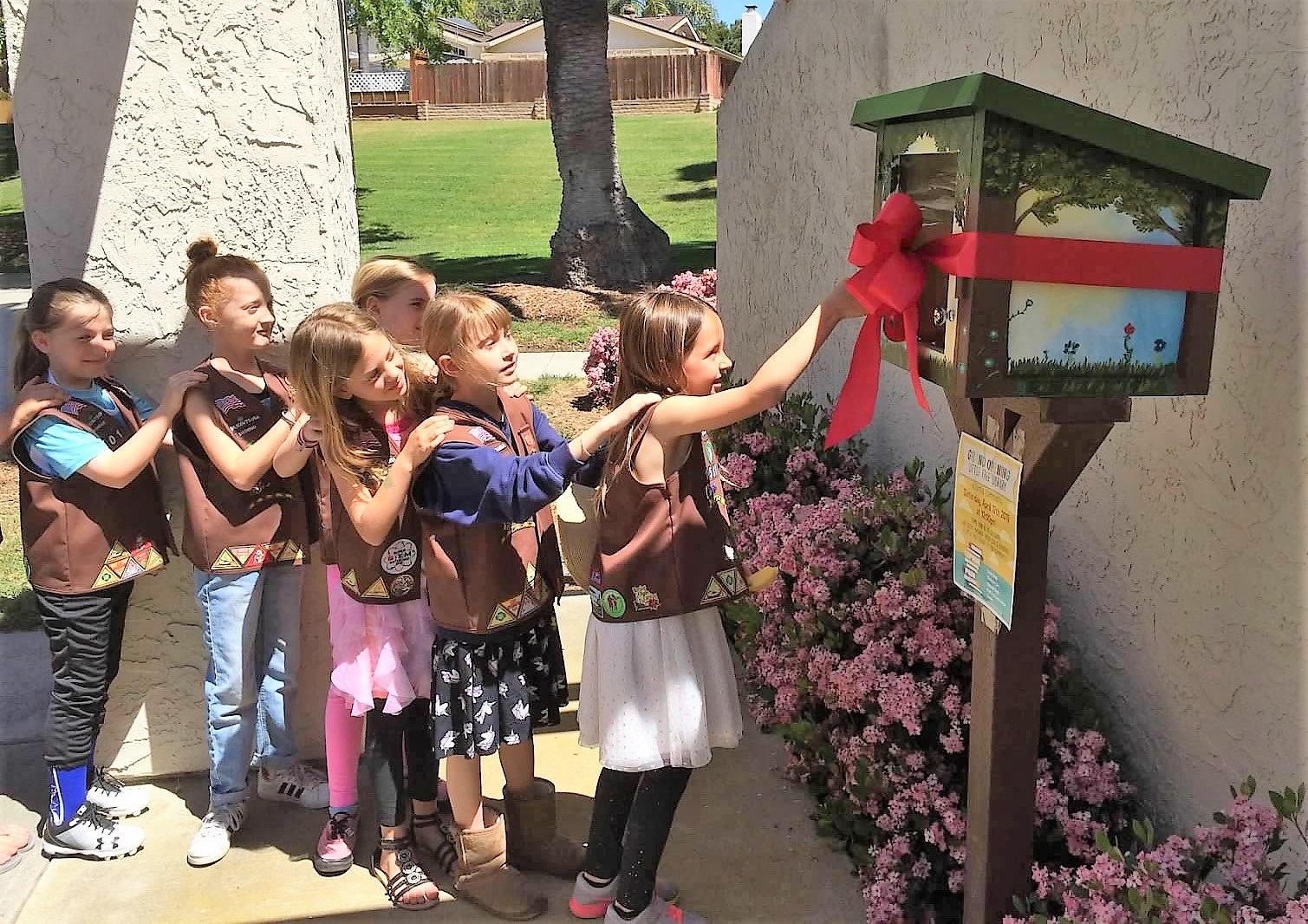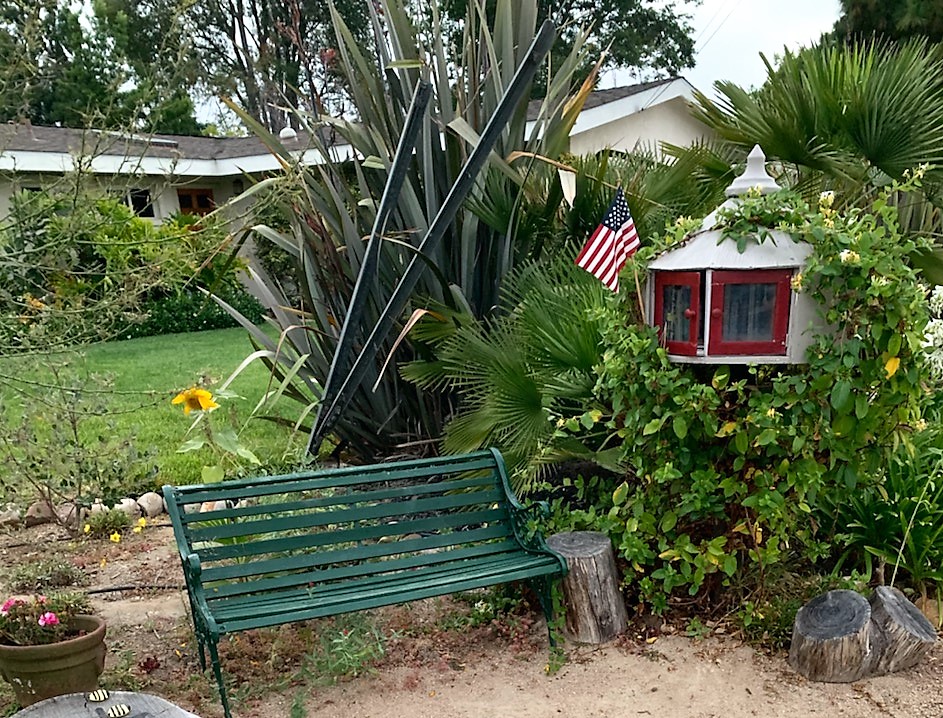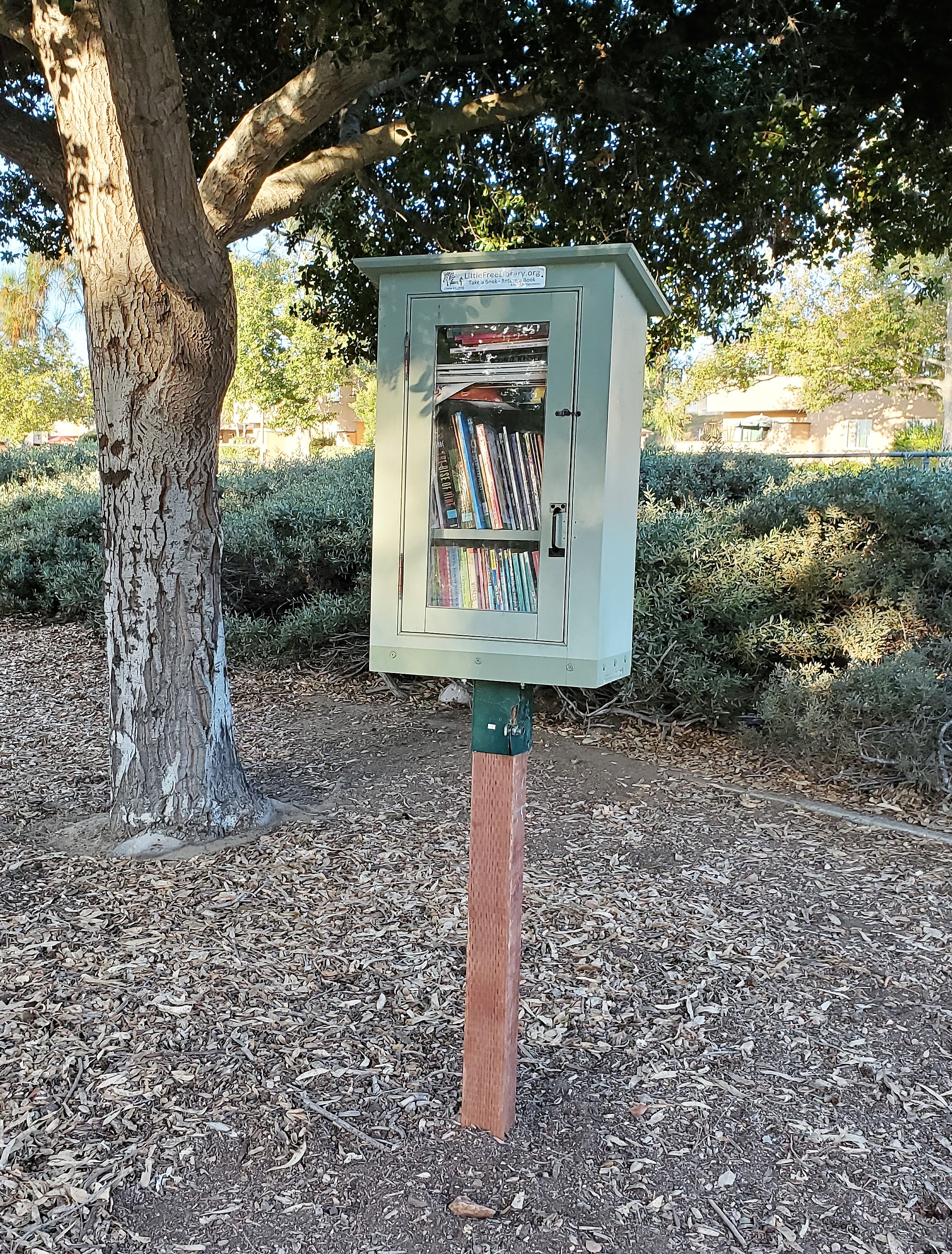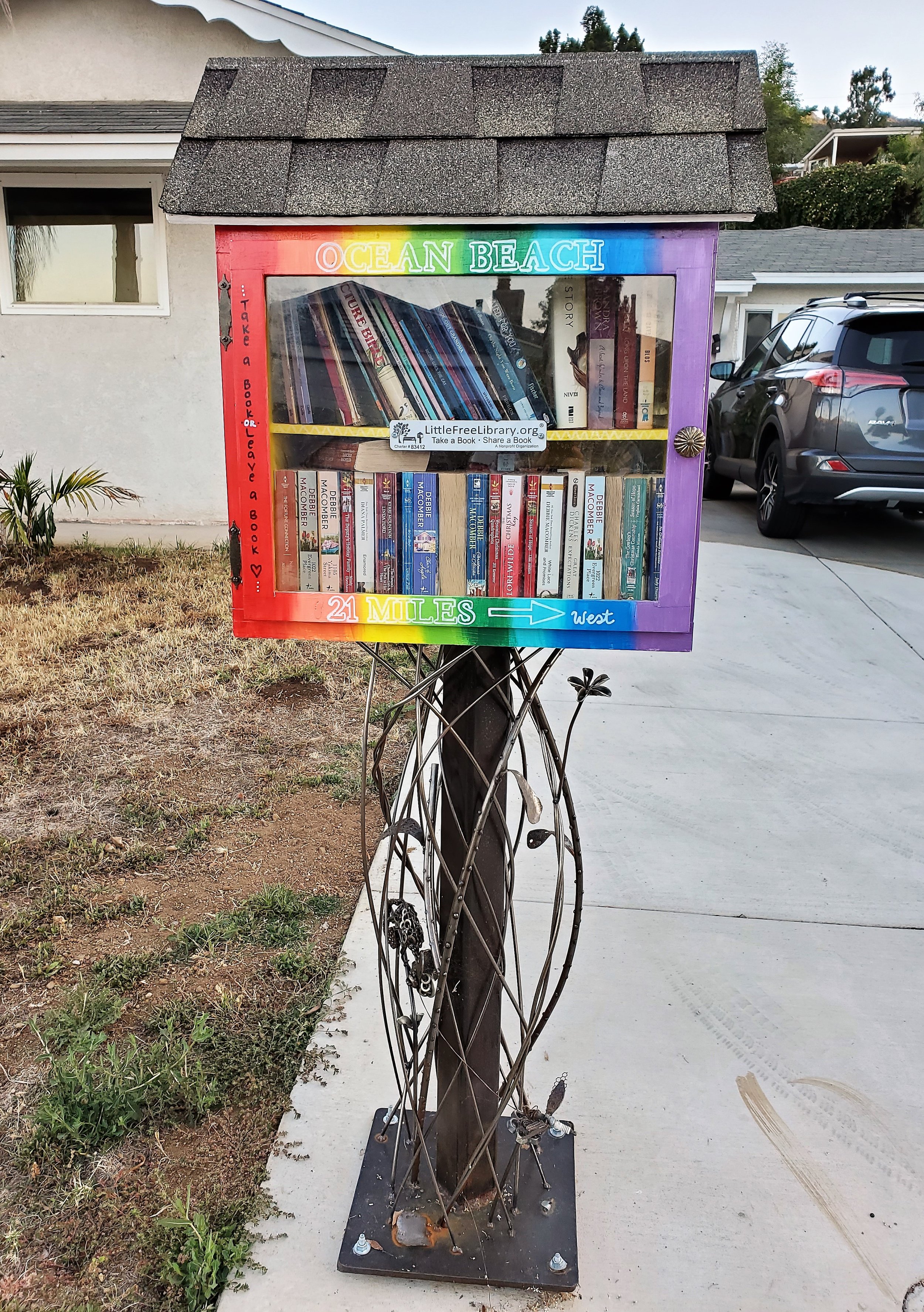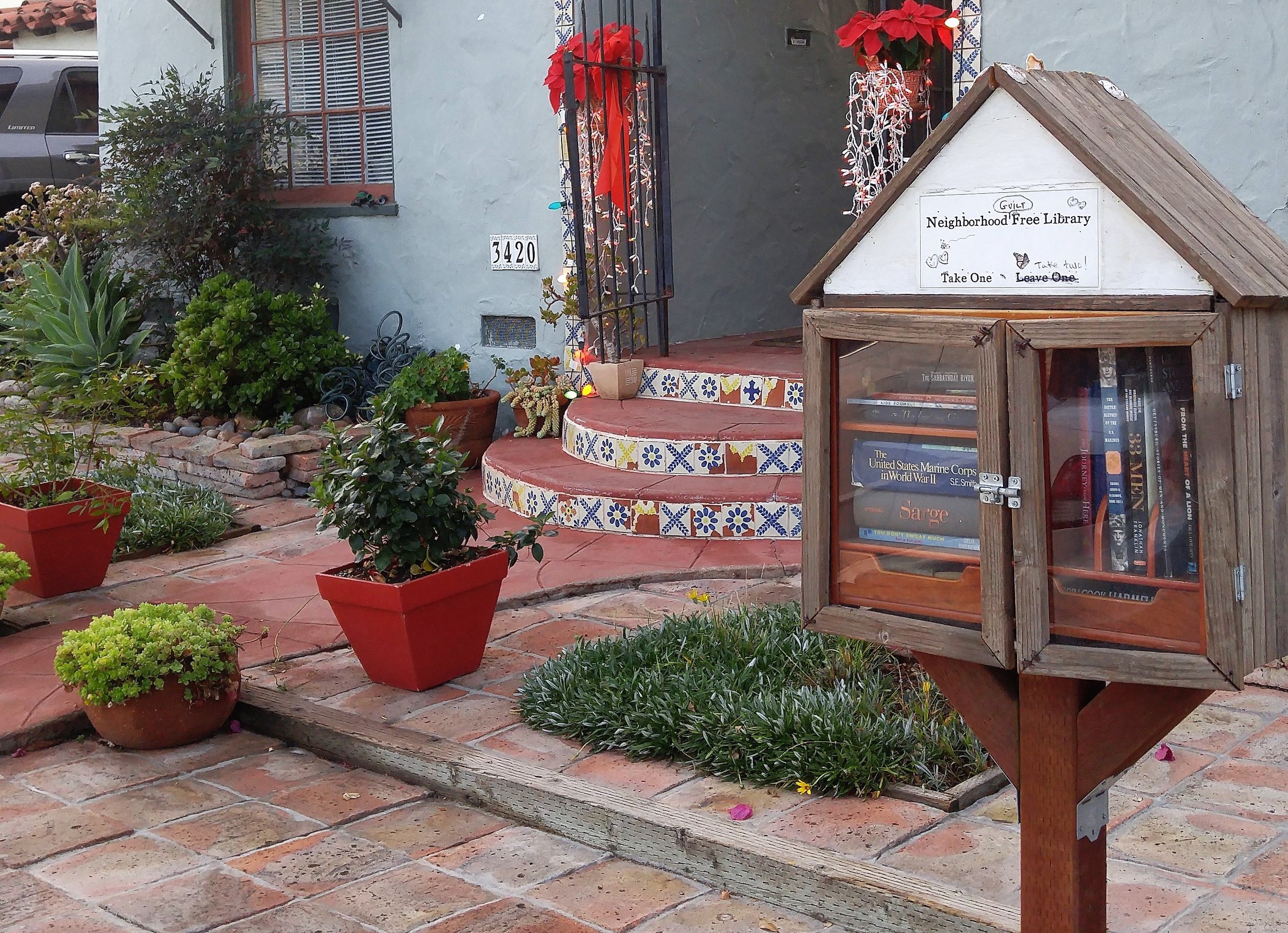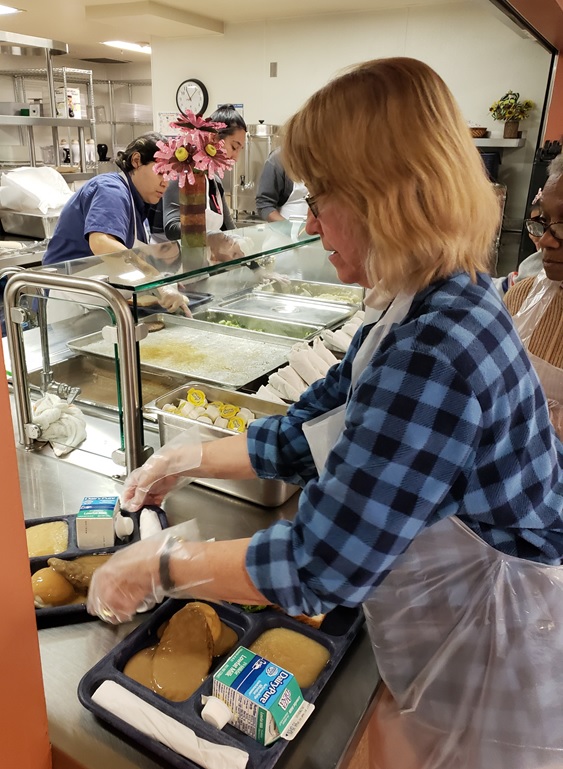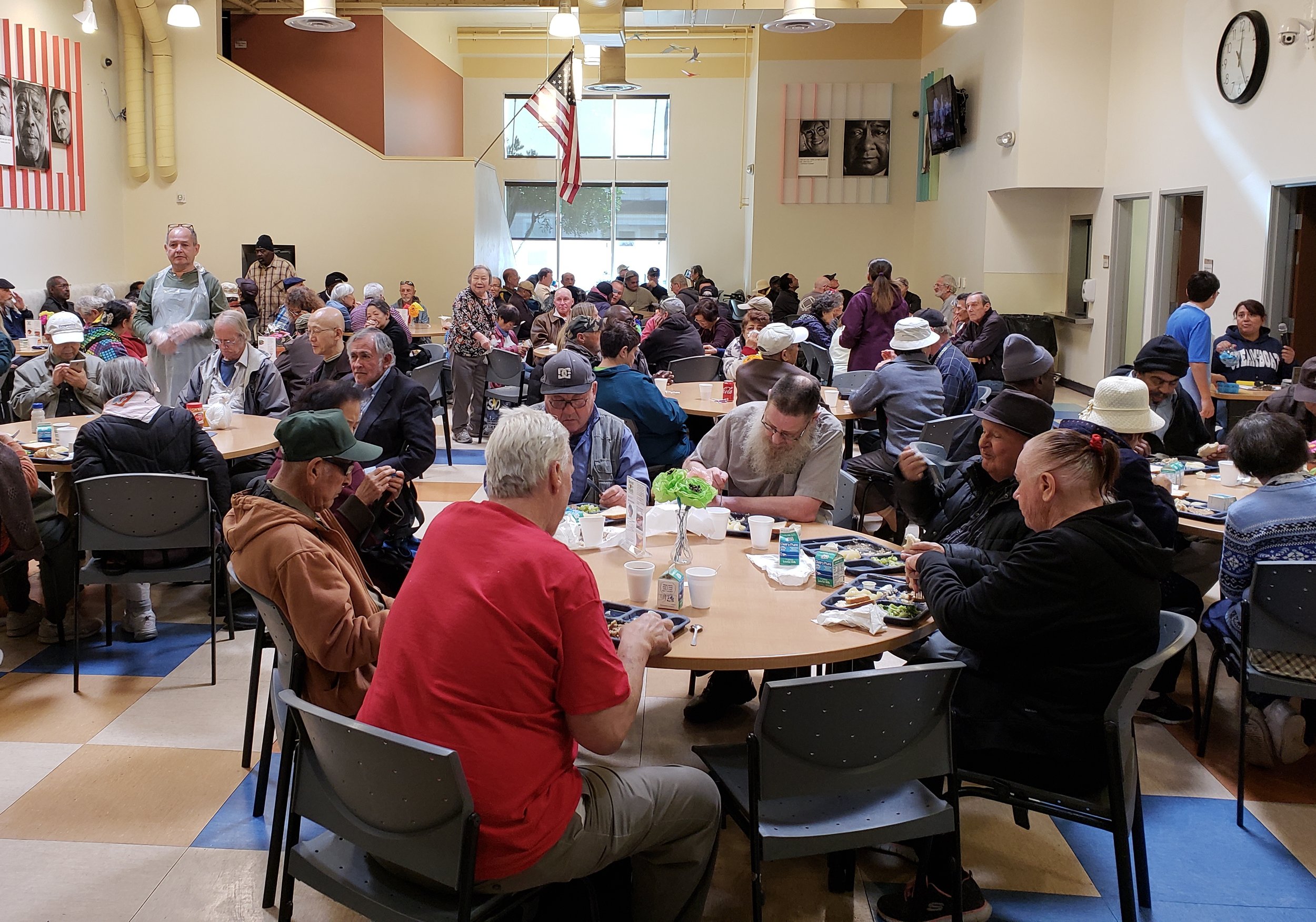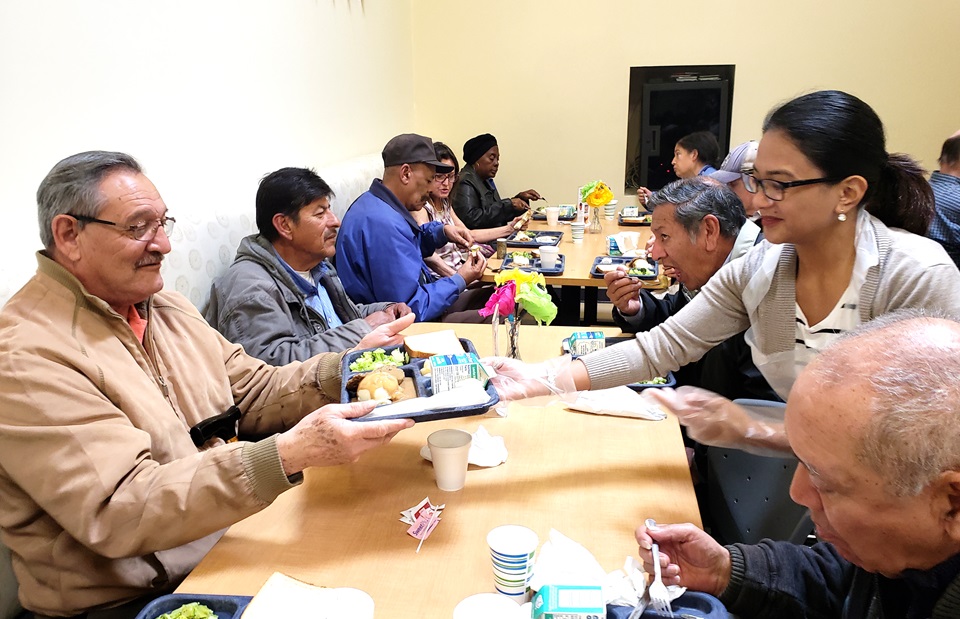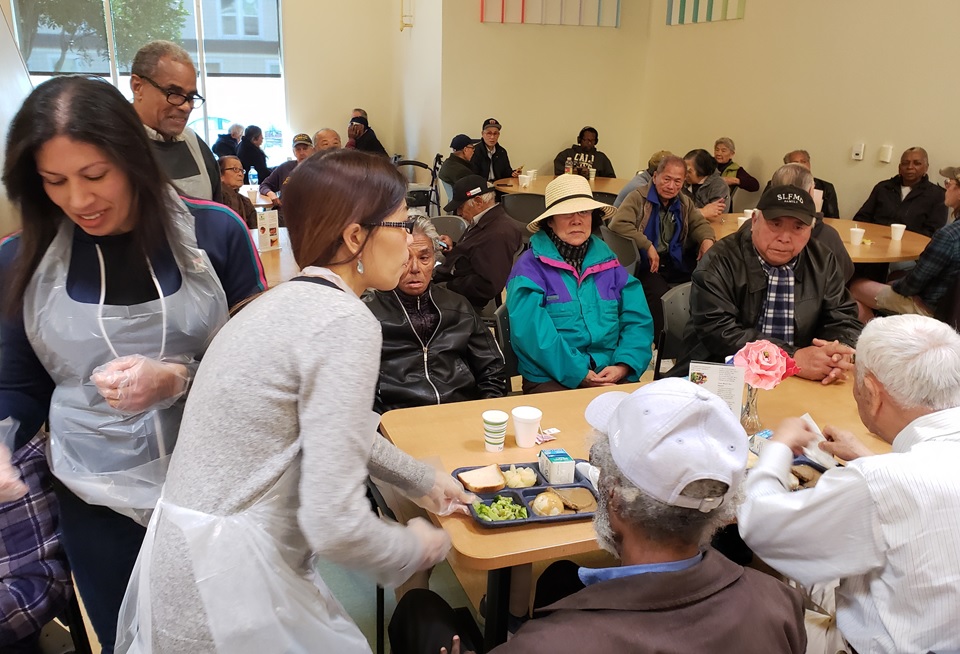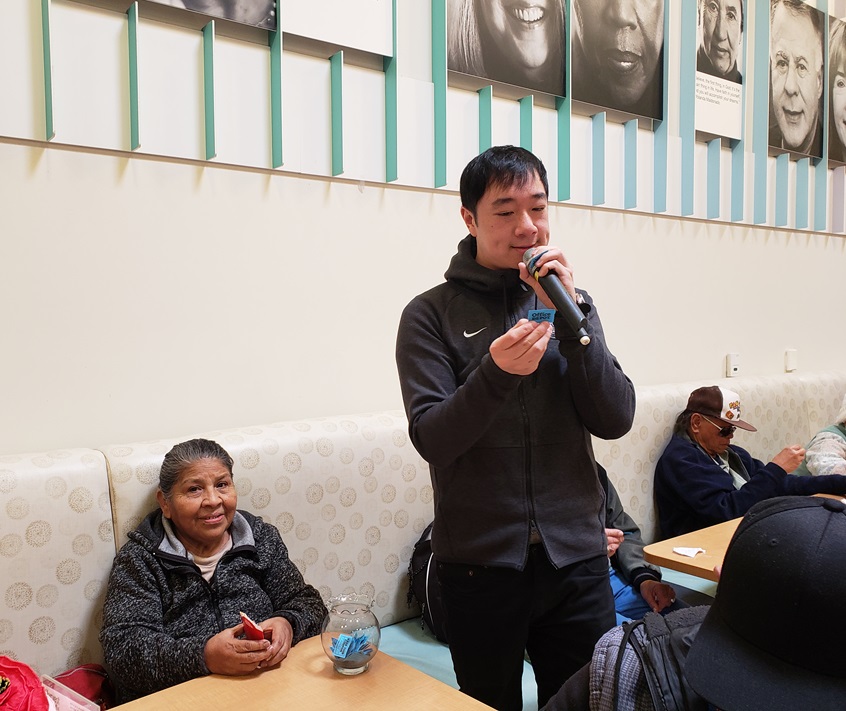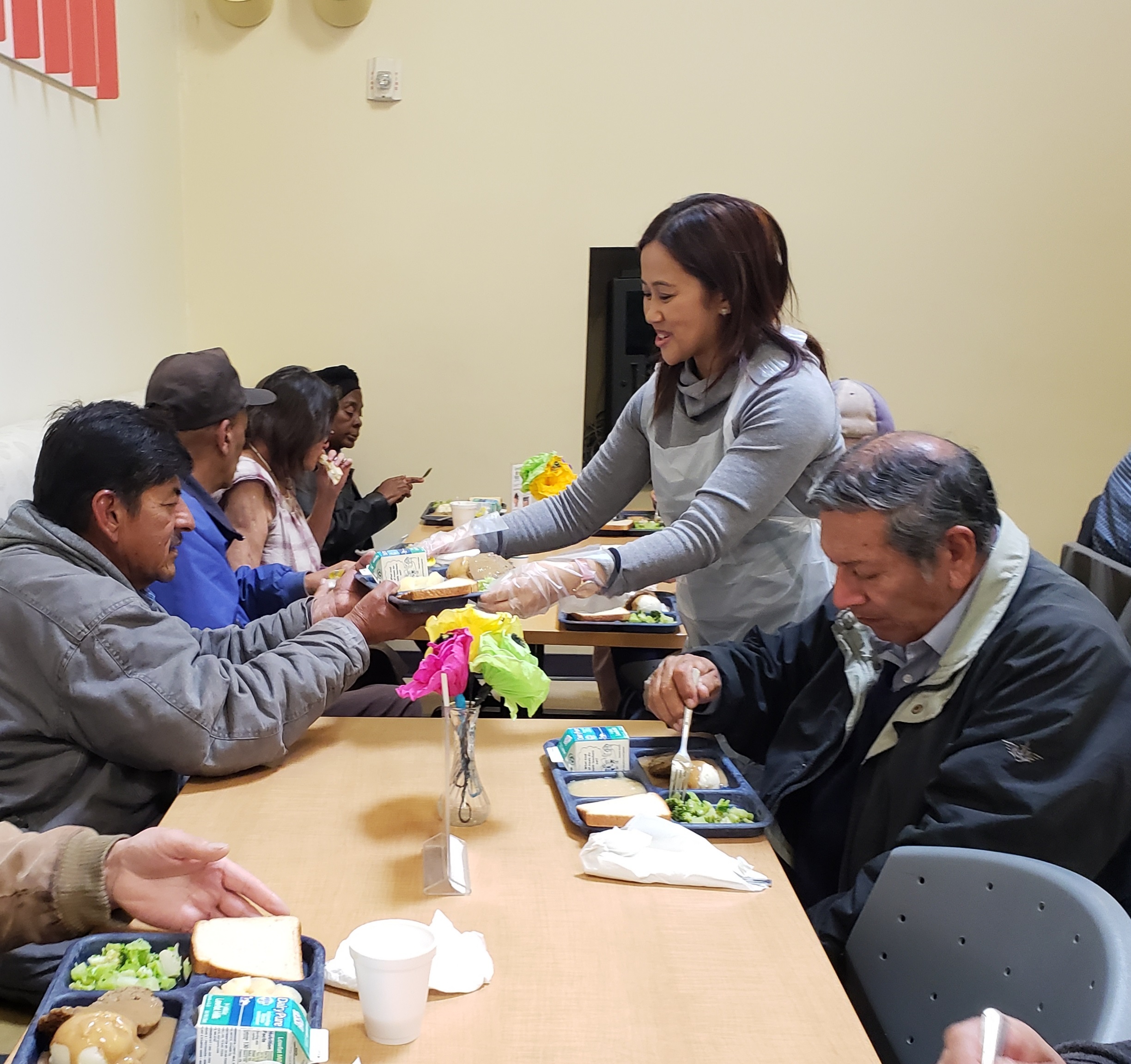Registrar Holds Mock Election to Prepare for Real Thing
/Registrar of Voter employees take part in mock election.
The holidays are crazy enough but add preparing for a March election and the Registrar of Voters is beyond busy. Among other preparations, the ROV even conducted a mock election last week.
Holding elections isn’t anything new but the next one on March 3 will see a new voting system, new accessible ballot marking devices and satellite locations.
The mock election gets the learning curve out of the way. ROV employees spent several days running through scenarios they’ll face in the presidential primary. They practiced how to use the new ballot devices with pretend voters, who were also staffers. They experienced the process from both sides to be fully prepared for Election Day.
If you’re one of the many employees who volunteer at the polls, you’ll see a new ballot marking device set aside for voters with disabilities. A volunteer will insert a card to bring up the ballot for that poll and from there, the touch screen allows the voter to make their choices, review them, print the ballot, put it inside a secrecy folder or envelope and take it to the ballot box.
The ballot marking devices also provide more flexibility. Because they offer all of the ballot variations, including the different ballot types, political parties and required languages, everyone who votes at the Registrar of Voters and at the satellite locations will use the new devices.
Ever work as an election night warrior? 360 employees from various departments would work into the wee hours feeding ballots one by one into machines to tally the vote.
Large ballot counting machine can count 500 ballots in three minutes.
“Now only 168 employees will be required in the warehouse to count ballots. These new ballot counting machines can count a stack of 500 17-inch ballots in seven minutes,” said Departmental Operations Chief Andrew McDonald. “Larger machines housed in an interior office can count 500 17-inch ballots in three minutes. This used to take a human 40 minutes to scan the same box by hand.”
This doesn’t mean that the Registrar of Voters won’t need hundreds of seasonal election workers for the election. Far from the case. They need over 1,000 seasonal workers to help them conduct the election and they are recruiting. If you have family or friends who are looking for a seasonal gig, refer them to the Registrar of Voters.
Exciting changes for the ROV but the clock is still ticking: less than 100 days and counting. The ROV is working hard to get ready, and voters need to as well.
“Presidential primaries can be perplexing because political parties decide who can vote on their presidential candidates. This dynamic only happens every four years, so it is crucial for everyone to understand that their choices may be limited unless they act now,” said Registrar of Voters Michael Vu. “Several political parties are opening up their presidential candidates to nonpartisan voters. Other than that, everyone else is limited to the political party they are registered with unless they re-register.”
Vu says voters need to learn the primary election rules, verify their registration and do it now. The ROV recently sent mailers to 1.8 million registered voters with that message.
You can help. If you want to vote for president, check your party status and see if you must make any changes. Sooner rather than later helps both you and the Registrar. And finally, spread the word!
This story came to us from an employee’s suggestion. Suggest a story.









